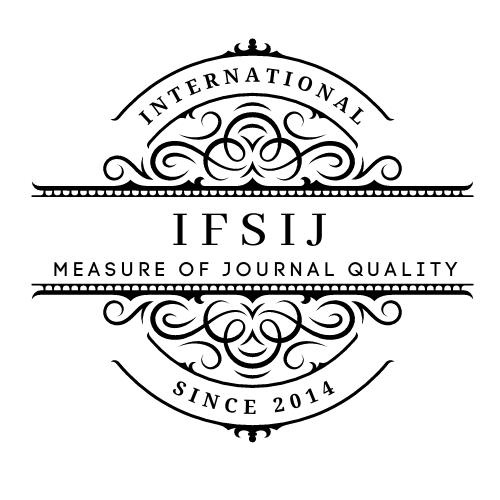CLINICAL TYPES OF JAUNDICE AND PREVENTION OF DIAGNOSTIC ERRORS
Keywords:
Jaundice, hyperbilirubinemia, hemolytic jaundice, hepatocellular jaundice, obstructive jaundice, differential diagnosis, diagnostic error prevention, liver function tests, bilirubin metabolism, hepatobiliary imaging.Abstract
Jaundice, characterized by yellow discoloration of the skin, mucous membranes, and sclera due to elevated bilirubin levels in the blood, is a common clinical symptom that can arise from various underlying conditions. The identification of the specific type of jaundice—pre-hepatic (hemolytic), hepatic (hepatocellular), or post-hepatic (obstructive)—is critical for timely and appropriate treatment. Misdiagnosis or delayed diagnosis can lead to significant morbidity, especially in conditions such as cholestasis, fulminant hepatitis, or malignancies. This article explores the clinical types of jaundice, their etiologies, presentations, diagnostic algorithms, and emphasizes strategies to prevent common diagnostic errors through a detailed review of clinical cases, imaging, and laboratory analysis.
Downloads
Published
Issue
Section
License

This work is licensed under a Creative Commons Attribution-NonCommercial-NoDerivatives 4.0 International License.















